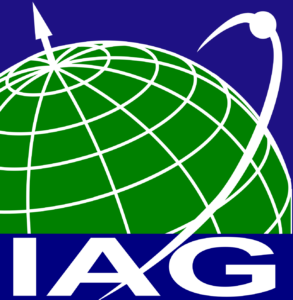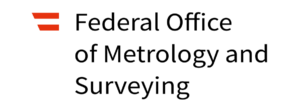JSG T.45 Dynamic gravity modelling of given distributions
Chair: Dimitrios Tsoulis (Greece)
Affiliations: Commissions 2,3
Terms of Reference
Forward gravity field modelling is a core topic in geodetic theory. The geometrical definition of the shape and the numerical evaluation of the corresponding gravity signal of a known mass distribution is an indispensable tool for gravity modelling and interpretation studies at different scales. Involving different theoretical and computational strategies of potential field theory and including the comparison of the computed signal with the observed gravity field, the specific research topic determines a characteristic interface between geodesy and geophysics.
The computation of precise terrain effects, gravity anomalies and geoid, the downward continuation of satellite data, or solving for an extended family of integral equations of potential theory are only some of the most common applications. Directly correlated with the real density distributions in the Earth’s interior, the evaluation of the gravitational potential of a given distribution and its spatial derivatives up to higher orders is the shared objective.
The availability of an abundance of terrestrial and satellite data of global coverage and increasing spatial resolution provides a challenging background for revisiting known theoretical aspects and especially investigating the computational limits and possibilities of forward gravity modelling induced by known mass distributions. Satellite observations provide global grids of gravity related quantities at satellite altitude, global crustal databases offer detailed layered information of the shape and consistency of the Earth’s crust, while satellite methods produce Digital Elevation Models that represent the continental part of the topographic surface with unprecedented resolution.
At the same time, in the era of dedicated satellite gravity missions, one of the most prominent research objectives for the scientific exploitation of current and future satellite data is capturing real mass changes in the Earth’s interior. These mass balance studies, related, for example, to the water cycle or seismic activity, are linked to the gravity signal of specific distributions.
In this context, the complete theoretical framework that evaluates the gravity effect of a given distribution using analytical or numerical techniques emerges again at the forefront of research interest, examining both ideal bodies and real distributions. Thereby, of special interest is the ability to evaluate numerically the spherical harmonic coefficients for the gravitational potential of a finite source, thus providing a bandlimited spectral input for the observed gravity signal. Variations in the numerical values of these coefficients can also be obtained by algorithms that arise from a stochastic procedure, enabling an association with the corresponding observed mass changes. In this manner the task in question is reformulated to a dynamic gravity signal evaluation procedure, that can be tailored to real phenomena.
Objectives
• Examine new theoretical developments (numerical or analytical) in expressing the gravity signal of ideal geometric distributions
• Implement and validate different techniques for the evaluation of potential spherical harmonic coefficients for finite three dimensional sources
• Revisit and expand the stochastic approach for spherical harmonics evaluation of given sources
• Perform forward gravity modelling validation studies at different scales, using the available high resolution digital elevation models and focusing on optimization methods that reduce the high computational load and take the accuracy estimates of the input data into account
• Compute the gravity effect of structures in the Earth’s interior and embed this effort in the frame of mass change and mass balance problems
Program of Activities
• Participation in forthcoming IAG conferences with splinter meetings and proposed sessions
• Preparation of joint publications with the JSG members
• Organising a session at the Hotine-Marussi Symposium 2026
Members
Dimitrios Tsoulis, (Greece), chair
Judit Benedek, (Hungary)
Georgia Gavriilidou, (Greece)
Christian Gerlach, (Germany)
Ropesh Goyal, (India)
Michael Kuhn, (Australia)
Pavel Nov.k, (Czech Republic)
Paolo Panicucci, (Italy)
G.bor Papp, (Hungary)
Alberto Pastorutti, (Italy)
Daniele Sampietro, (Italy)
Matej Varga, (Switzerland)
Jérôme Verdun, (France)



